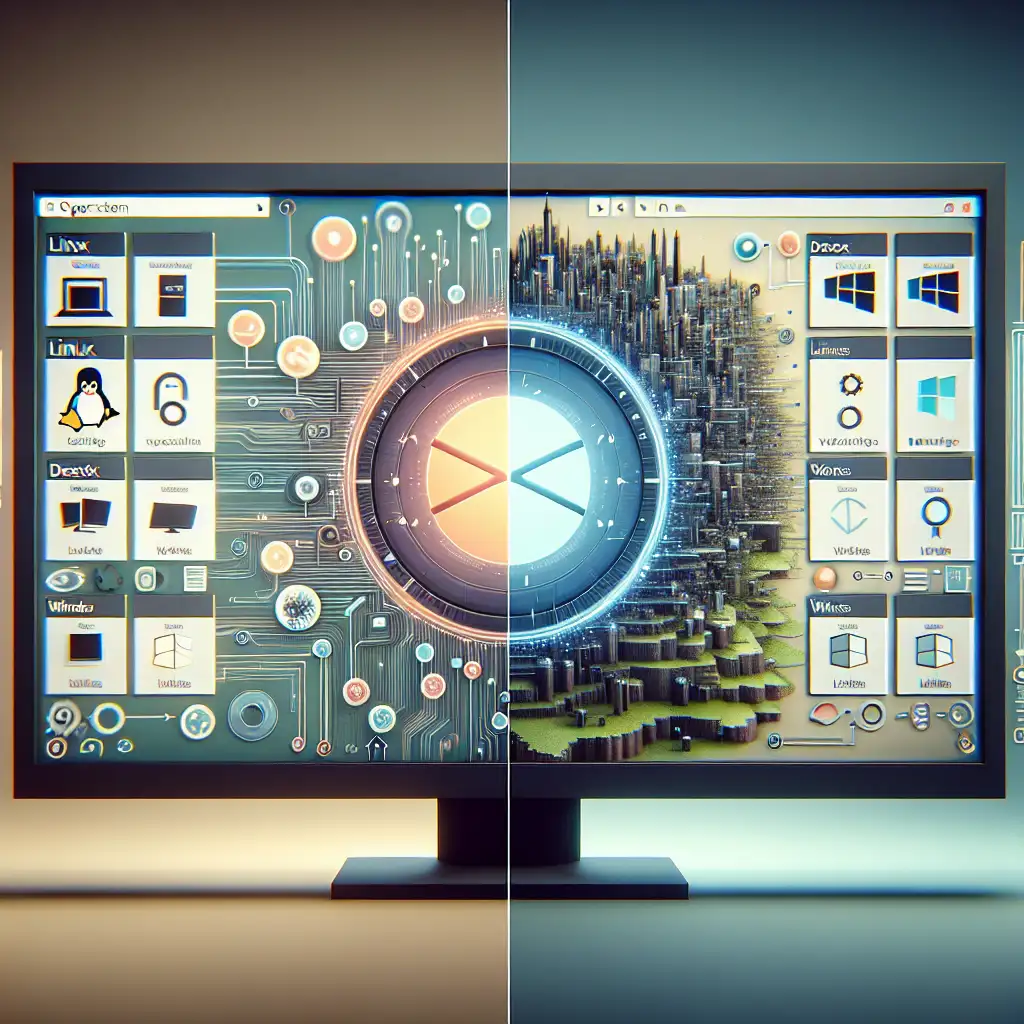Mastering Dual Boot: A Step-by-Step Guide to Confidently Install Linux Alongside Windows
Forget the myth that dual booting is complex and risky. This guide breaks down the process to reveal a methodical, foolproof approach that even less technical users can follow—turning what seems like a gamble into a guaranteed success.
Dual booting Linux alongside Windows empowers you to leverage the strengths of both operating systems without sacrificing access or convenience. Whether you want to develop software on a Linux environment, explore open-source tools, or simply experiment with a new OS, dual booting lets you do it all on one machine. Proper setup ensures system stability, preserves your valuable data, and maximizes your hardware’s potential.
Ready? Let’s dive into the step-by-step process!
What You’ll Need Before You Begin
- A computer with Windows already installed
- A USB flash drive (at least 8GB)
- A stable internet connection
- Patience and attention to detail!
Step 1: Backup Your Data
Before making any major changes to your system, back up your important files. Use an external drive or cloud storage. Mistakes are rare when following these instructions carefully—but it’s always better to be safe than sorry.
Step 2: Download Your Preferred Linux Distribution
Popular beginner-friendly options include:
- Ubuntu (great balance between usability and features)
- Linux Mint (Windows-like interface, very intuitive)
- Fedora (cutting-edge software for enthusiasts)
Go to the official website of your chosen distro and download the ISO file.
Step 3: Create a Bootable USB Drive
You’ll need a tool like Rufus (Windows) or Etcher (cross-platform) to create a bootable USB stick:
- Insert your USB flash drive.
- Open Rufus.
- Select the downloaded Linux ISO.
- Choose your USB device.
- Click “Start” to create the bootable media.
Step 4: Prepare Windows for Dual Boot
Your Windows partition currently takes up most of your hard drive space, so it’s time to free some up:
- Press
Win + R, typediskmgmt.msc, and hit Enter to open Disk Management. - Right-click on your main Windows partition (usually C:) and select “Shrink Volume.”
- Decide how much space you want to allocate for Linux (20GB minimum recommended).
- Enter the amount to shrink and confirm.
This creates unallocated space on your hard drive for Linux without deleting any Windows data.
Step 5: Boot from the USB and Start Installation
- Restart your PC and enter BIOS/UEFI settings (
F2,F12,DEL, or ESC during startup—this varies by manufacturer). - Change boot priority so USB device boots first.
- Save changes and exit BIOS.
- Your computer will now load the Linux installer from the USB.
Step 6: Installing Linux Alongside Windows
When you see installation options, select:
- “Install Linux alongside Windows” if available—this is simplest.
If that option isn’t present:
- Choose “Something else” or “Manual partitioning.”
- Select the unallocated space created earlier.
- Create at least two partitions:
- Root (/): Format as ext4; allocate most of the free space here.
- Swap: Size equal to or double your RAM size (optional with newer systems with lots of RAM).
- For beginners, skip creating separate
/homepartitions unless you’re confident.
Make sure not to delete or format existing Windows partitions.
Step 7: Install GRUB Bootloader
GRUB will replace the default bootloader so you can pick between Linux and Windows each time you start your PC.
The installer usually configures this automatically in dual boot mode; just accept default prompts.
Step 8: Finishing Installation and Rebooting
After installation, remove the USB drive when prompted and reboot.
You should see a menu allowing you to choose between:
- Ubuntu/Linux Mint/etc.
- Windows Boot Manager
Select whichever you want, and enjoy!
Tips for Smooth Dual Boot Experience
-
If Windows fast startup causes issues booting into Linux, disable it from Power Options > Choose what power buttons do > Uncheck "Turn on fast startup."
-
Update both OSes regularly but avoid deleting partitions manually from within either OS once set up—manage partitions only with dedicated tools.
-
Use shared NTFS partitions if you want easy file exchange between Windows and Linux.
Troubleshooting Common Issues
Problem: No GRUB menu at startup—boots straight into Windows
Solution: Access BIOS again, check boot order for “ubuntu” entry; adjust as needed or repair GRUB using a live session USB.
Problem: Low disk space error during shrink volume
Solution: Disable hibernation (powercfg /hibernate off), run disk cleanup/order defragmentation before shrinking again.
Final Thoughts
Mastering dual boot isn’t difficult once broken down into clear steps—and it brings enormous flexibility to your computing life. By carefully preparing your drives and following these instructions, you can confidently use both operating systems with their unique advantages at your fingertips.
Give dual booting a try today—it’s easier than you think! Have questions or want help troubleshooting? Leave a comment below—I’m here to help guide you through every step!
Happy computing! 🚀🐧💻
